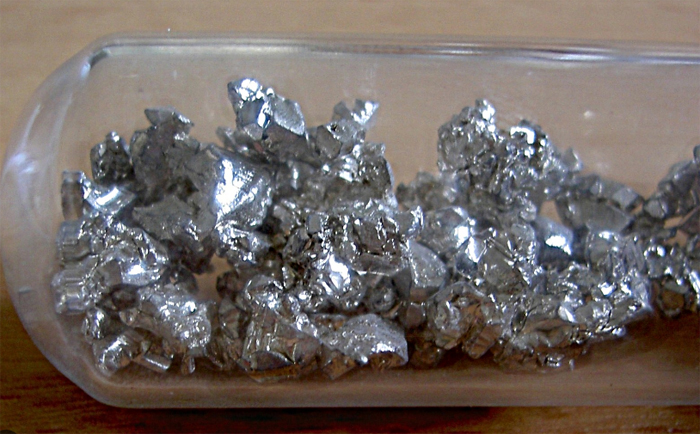
In the intricate world of steel production, the recipe for crafting high-quality steel goes beyond the basic constituents of iron and carbon. Trace elements, often present in minute quantities, can have a significant impact on the final properties of the steel. Among these elements, calcium stands out as a valuable trace element that plays a multifaceted role in steel production. This article delves into the nuanced significance of calcium as a trace element in steelmaking, its effects on steel properties, and its broader implications for diverse industries.
While iron and carbon are the main actors in the steelmaking drama, trace elements form the supporting cast that influences the steel's performance. These elements, often added deliberately or naturally occurring in the raw materials, can modify the microstructure, mechanical properties, and even the corrosion resistance of the steel. Calcium, as a trace element, adds a distinct note to this elemental orchestra.
Refining Inclusions and Cleanliness:
Calcium, when introduced into the steel melt, serves as a powerful inclusion modifier. It reacts with various impurities, such as oxygen and sulfur, to form compounds like calcium oxide (CaO) and calcium sulfide (CaS). These compounds play a crucial role in refining non-metallic inclusions, which can negatively affect steel properties. Calcium-rich inclusions facilitate the removal of these impurities from the steel, enhancing its cleanliness and overall quality.
Beyond inclusion modification, calcium's impact on grain refinement deserves attention. Fine-grained steel microstructures boast improved mechanical properties due to the increased density of grain boundaries. The presence of calcium as a trace element can influence grain nucleation and growth during solidification, leading to smaller and more uniformly distributed grains. This refinement translates into enhanced tensile strength, toughness, and other critical mechanical attributes.
Alloying and Microstructural Adjustments:
The role of calcium as a trace element becomes more pronounced when alloying elements are involved. The interactions between calcium and other elements, such as aluminum and silicon, can lead to microstructural adjustments. These adjustments, in turn, influence the steel's performance under specific conditions. For instance, calcium can facilitate the formation of complex phases that improve high-temperature stability.
Steel's susceptibility to corrosion is a significant concern in various applications. Calcium's presence as a trace element can contribute to the steel's corrosion resistance. By promoting the formation of protective oxide layers on the surface, calcium-modified steel becomes more resistant to environmental degradation, ensuring longer lifespans and improved reliability.
Dosage and Control:
While the role of calcium as a trace element is undeniably beneficial, its proper dosage and control are crucial. Over-addition of calcium can lead to unwanted side effects, including excessive inclusion formation. Metallurgists need to strike a balance between the desired effects of calcium and potential downsides, considering factors such as steel composition, production processes, and the intended application of the steel.

The implications of calcium's role as a trace element extend across diverse industries. From automotive to construction, energy to aerospace, steel properties are tailored to meet specific demands. The incorporation of calcium as a trace element offers a tool to achieve these tailored properties, shaping the future of steel as a material that continually evolves to meet the challenges of modern technology and innovation.
The role of calcium as a trace element in steel production transcends its mere presence in minuscule quantities. From enhancing cleanliness and refining inclusions to influencing grain size and corrosion resistance, calcium's impact on steel properties is undeniable. As steel industries continue to advance and diversify, the recognition of calcium's multifaceted contribution underscores its importance in creating steel that meets the highest standards of quality, performance, and sustainability.

Write a Message